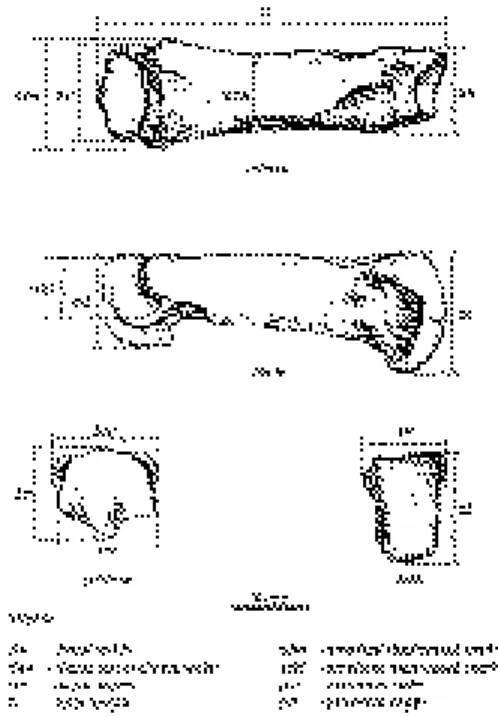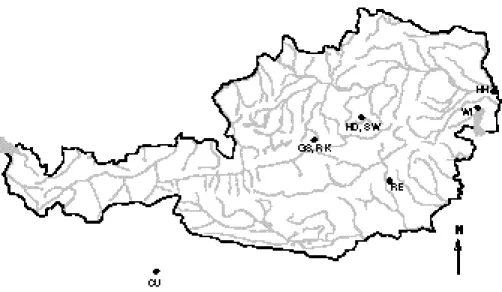TítuloThe Evolution of Metapodial Bones in the Cave Bear Group and its biostratigraphical Implications
Texto completo
Figure




Documento similar
The competitiveness of countries can be abalyzed through study combining the evolution of products’ market share and the evolution of said products in global markets.
We selected a sample of 27 high redshift quasars (4 ≤ z ≤ 6.4) from the SDSS, which contains the valuable diagnostic UV rest-frame emission lines (e.g., Siivλ1398+Oivλ1402,
(2) The flux and radial-velocity variations observed for a line’s individual spectral features can be ex- plained in a model in which the maser spots form elongated chains or
In the “big picture” perspective of the recent years that we have described in Brazil, Spain, Portugal and Puerto Rico there are some similarities and important differences,
Indeed, recent research has provided evidence of a co-evolution between the scope of a subsidiary’s mandate and the extent of its regional embeddedness (Heidenreich, 2012; Nell
Measuring the concentration–mass relation and its redshift evolution in a subsample of MUSIC-2 halos that reproduces the distribution of X-ray regularity parameters of the clusters
The main objective is to know the evolution of the overall flexibility over time in the shoulders area and lower members and lower part of the back, of a group of elderly
In the previous sections we have shown how astronomical alignments and solar hierophanies – with a common interest in the solstices − were substantiated in the